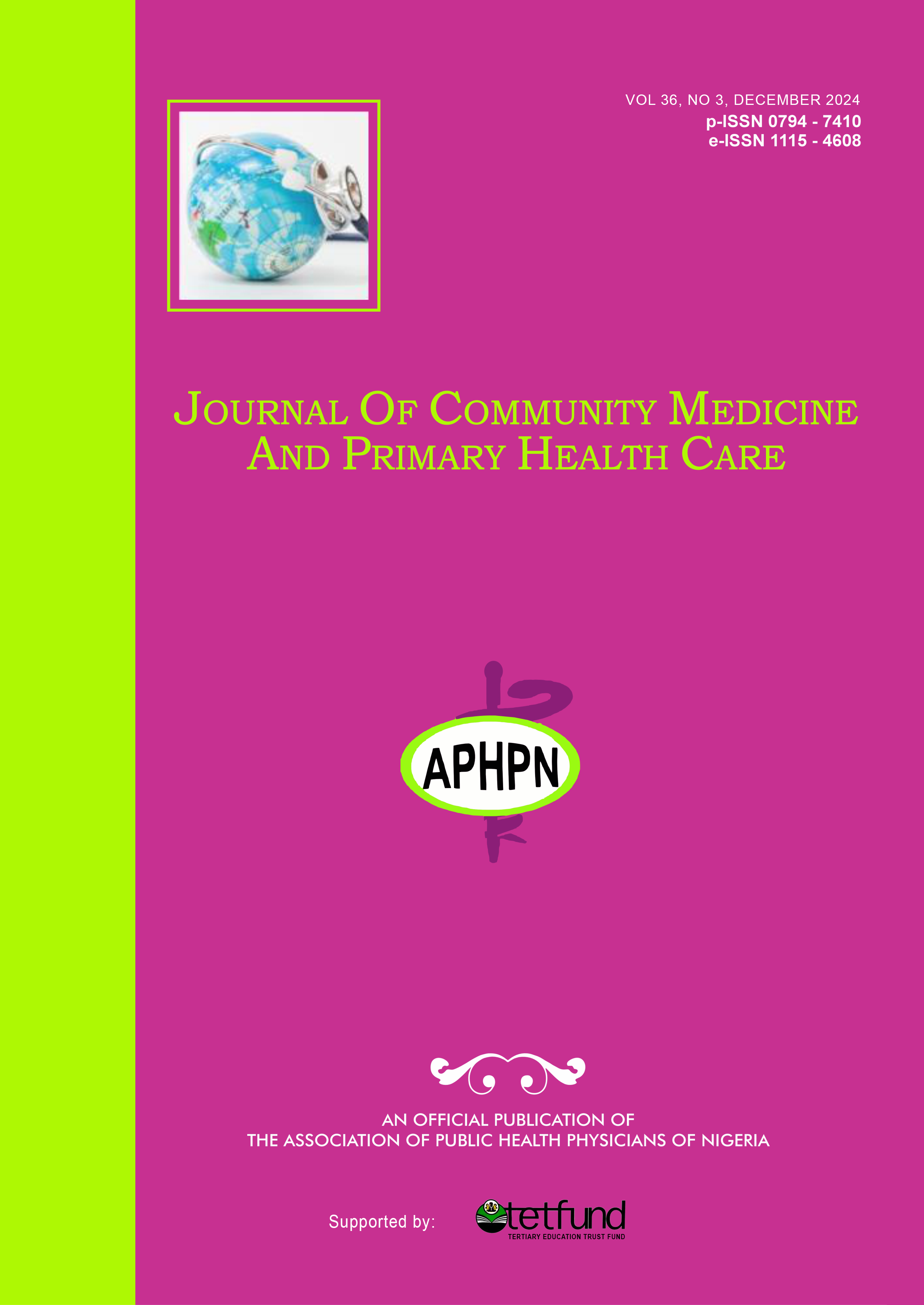Occupational injuries and associated risk factors among construction workers: a cross-sectional in rural areas of Eastern India
DOI:
https://doi.org/10.4314/jcmphc.v36i3.11Keywords:
Construction Workers, Injury, Personal Protective Measures, SafetyAbstract
Background: Due to the nature of their work, construction workers are always at high risk of sustaining physical injuries. This study assessed the prevalence, types of workplace injuries, and associated factors among construction workers in Bhubaneswar, Odisha, India.
Methods: The study was conducted in the Outpatient Department (OPD) at a Rural Health Training Centre (RHTC) linked to a medical college in Bhubaneswar, Odisha, India, from October 2021 to March 2022. A total of 260 workers aged 18 and older selected by systematic random sampling from various construction sites related to RHTC were interviewed. Trained field staff, guided by one of the investigators, gathered data using a questionnaire.
Results: Most participants (49.62%) were between 19 and 28 years of age, predominantly male (85%), and studied up to primary level of education (48.5%). The prevalence of injuries was 50.77 %, and the most prevalent injuries include sprains and cuts/lacerations (24.24%). Falling objects at construction sites were the most common cause of injury (40.91%). Plumbers (odds ratio of 11.11, 95% CI: 1.27-96.87) and rod binders (odds ratio of 2.67, 95% CI: 1.08-6.59) faced greater odds of sustaining injuries, while the duration of work significantly influenced the likelihood of workplace injuries.
Conclusion: Construction workers at the study place had a relatively high prevalence of external injuries. The present burden of injuries in the locality must be lessened by effective implementation of health and safety management, training construction workers, and ensuring access to appropriate personal protective equipment.





